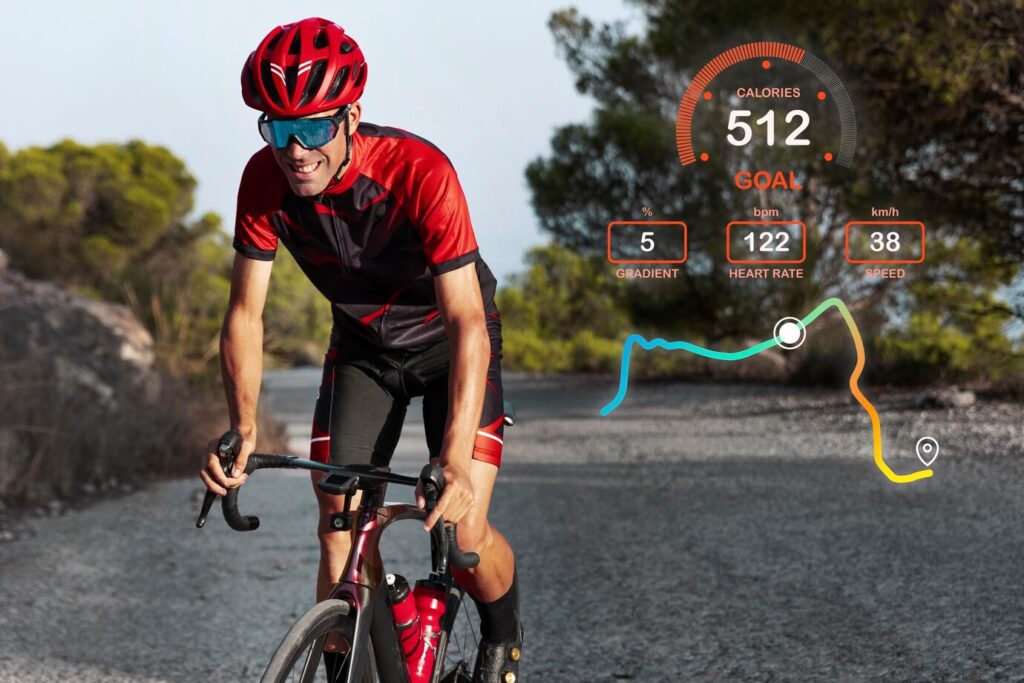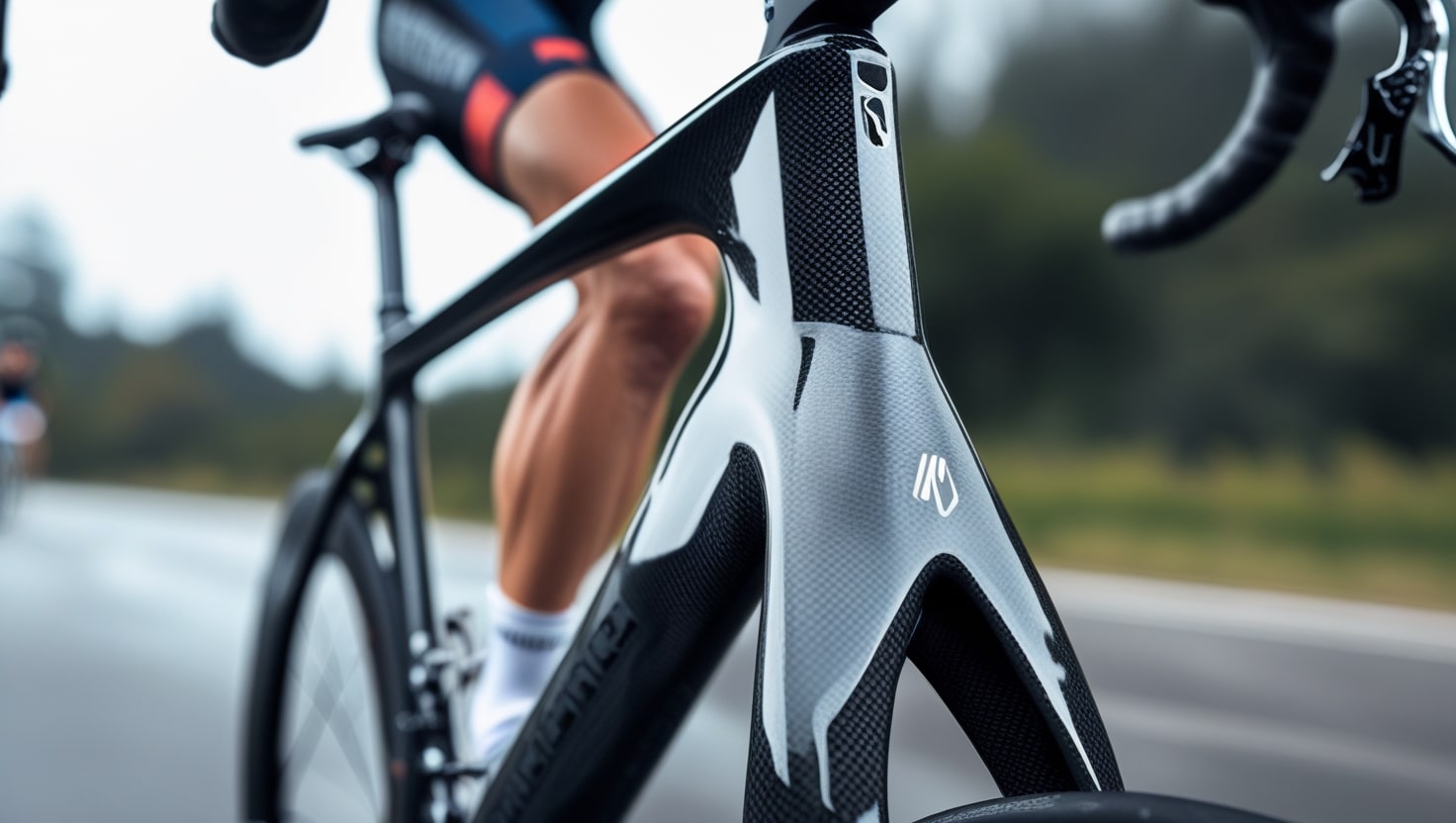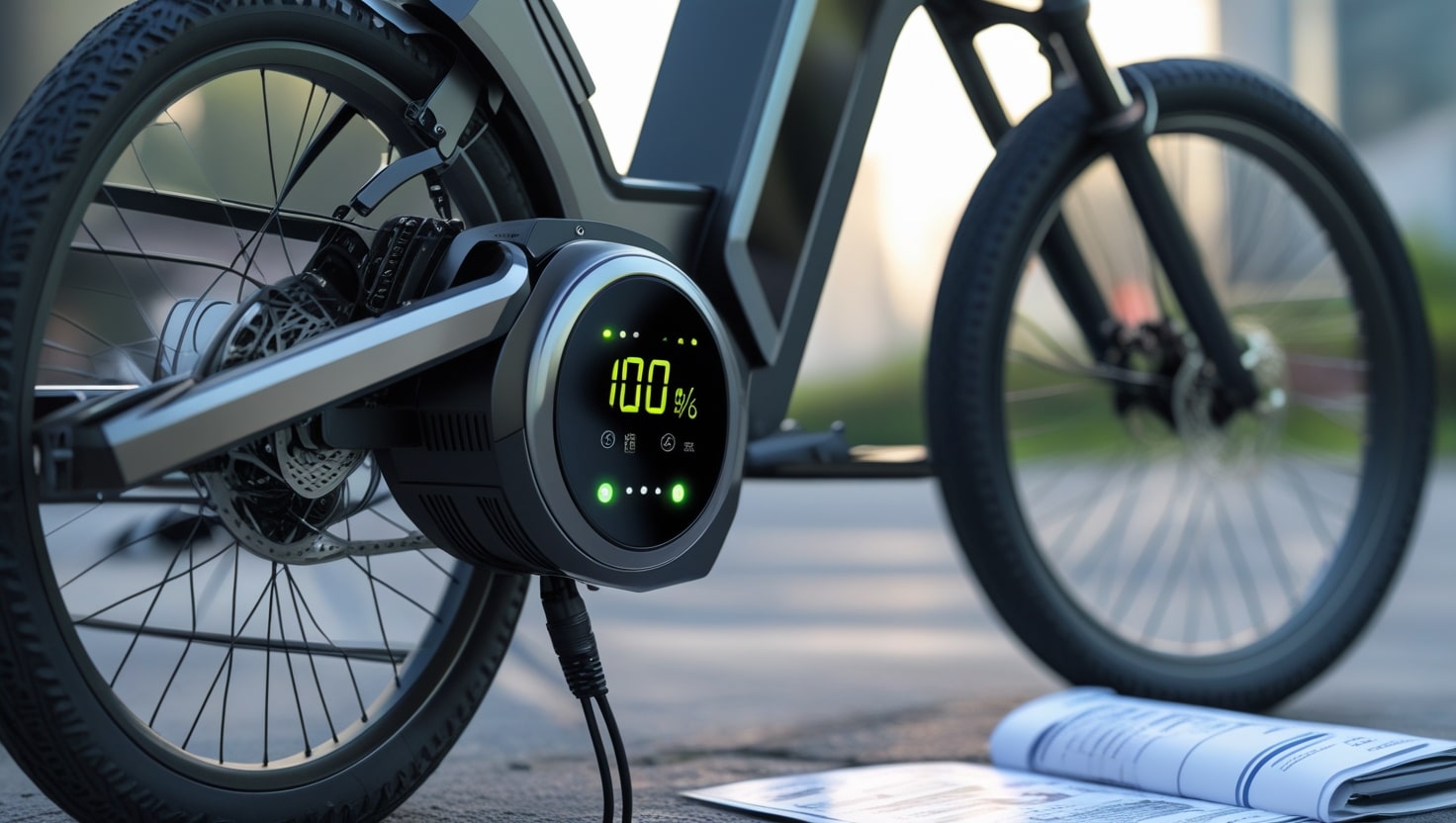From my own time using smart indoor trainers, I can say they’ve completely changed how I ride indoors. One key element that makes them so useful is something called ERG mode, short for “ergometer mode.” It’s a powerful feature that allows a computer-controlled trainer to automatically adjust and control the resistance based on a set workout target, removing the need for the rider to manually shift gears. Once you connect your trainer to a program or an app, it can communicate with the trainer and take full control, ensuring you hit the right intensity at the right time, no matter what gear you’re in.
This hands-free setup has been one of the standout elements that really distinguish modern smart trainers from the old turbo versions, where manual gear shifting was a constant hassle. There are definite advantages, like better workout precision and less guesswork, but it’s also fair to mention some disadvantages—like how it can feel rigid during sprints or if your cadence fluctuates too much. Still, once you understand what is erg mode, it becomes one of the most valuable tools in a cyclist’s indoor training toolkit.
What is ERG mode?

When I first got into indoor cycling, I was overwhelmed by the variety of training platforms like Zwift, TrainerRoad, and Wahoo SYSTM. But one setting that quickly became my favorite was ERG mode. It’s especially useful during structured workouts, where a trainer will automatically adjust the resistance to match a specific target power—measured in watts—so you don’t need to change gears. Instead, the trainer handles it all for you. Whether your meter drops or increases, ERG mode ensures your affair stays on track by controlling the resistance accordingly.
What makes ERG mode feel so different from riding out in the real world is how it reacts to inputs from an app or a pre-built plan. You can build your own sessions or follow prescribed plans using any of the major training apps. The trainer reads your cadence and torque—how hard and fast you’re pedaling—and uses that data in tandem to calculate and maintain the desired power. For instance, if a workout calls for 200 watts, and your pedaling slows down, the resistance will increase; if you spin faster, it will decrease to keep your effort steady.
Over time, I’ve found that ERG mode makes structured training much more focused. It removes the guesswork and lets me zero in on performance. These platforms also enable a wide range of options, whether you’re following a strict plan or just doing your own thing. From calculation-driven adjustments to seamless adjusting of effort, ERG mode gives every rider the tools to train smarter and more effectively indoors.
Related: Husqvarna Logo History
What are the benefits of ERG mode?

From my own experience, one of the biggest benefits of ERG mode is how it simplifies indoor training, especially when you’re just trying to get a solid session in after a long day. You don’t have to think much—just start, ride, and let the automated system take over.
Whether you’re doing a short workout or a longer ride, the trainer takes care of fixing your power so you can focus on keeping a steady cadence. It’s like having a companion quietly managing the effort behind the scenes. That’s particularly helpful if you’re tired or mentally drained and just need to get it done.
I really appreciate how ERG mode helps with pace and regulate effort during interval sessions. It keeps your output in the right range, even when you’re tempted to push harder than planned at the start. This becomes essential in training blocks where you’re targeting adaptations like VO2 max or sprinting capacity.
During tough intervals, the trainer holds you at your target intensity, ensuring you get the full benefit of each effort—right down to the last second of a rep. It even helps during recovery periods by lowering the load automatically, keeping you from overdoing it.
Another reason I use ERG mode often is how it fits into indoor base and zones-based training. Apps like Zwift and TrainerRoad allow you to train by zones, and ERG mode really enables that kind of structured approach. Whether you’re doing base rides, recovery rides, or chasing new power goals, the ability to stay reined in or hit precise zones gives you a major edge. For newer riders, or those short on time, ERG mode helps maximize each session without wasting energy guessing your effort.
Related: The History of Aprilia
What are the drawbacks of ERG mode?
While ERG mode is incredibly useful for focused indoor training, it’s not without its downsides. Most workouts are based on a fixed percentage of your FTP—that’s Functional Threshold Power—but in reality, your FTP can vary from day to day depending on things like sleep, hydration, and nutrition.
Some apps like Zwift do enable you to tweak the difficulty mid-session, but if your targets feel too high or too low, you still might not hit the right output for how you’re feeling. That can make certain sessions feel tougher than necessary or even less effective if your effort isn’t matched to your condition.
Another thing I’ve noticed through experience is how ERG mode can unintentionally slow the development of certain riding skills. In the real world, you constantly have to gauge your effort, manage pacing, and control your power using your own cadence, gear selection, and feel.
But when a smart trainer is doing all the adjusting, you lose the chance to practice these skills. It might limit your ability to push through tough moments with mental fortitude, and that kind of self-driven volition is key for outdoor riding and racing.
That’s why I often recommend switching off ERG mode occasionally, especially for longer indoor rides or when you want to sharpen your controlling and pacing skill. Getting into the habit of adjusting your own resistance can keep your workouts more engaging and help develop a broader set of cycling tools.
Even something as simple as a lower-intensity call for base training becomes more interactive when you’re manually holding power and cadence steady. ERG mode is powerful, but it shouldn’t be the only way you train. A balanced approach really does help you become a more complete rider.
Spiral of death

One common downside of using ERG mode—especially during tough intervals—is something many riders call the spiral of death. I’ve hit it myself a few times during indoor training, and it’s no joke. As you become more fatigued and your cadence slows, the trainer increases the resistance to keep your strength steady, putting additional stress and effort on your legs. This makes things feel even harder, often pushing you into a tough cycle where it gets worse with every pedal stroke. If you don’t interrupt this cycle, it can eventually lead to a full stop where you are unable to continue pedaling.
It’s an extreme situation, but it happens, and it highlights some of the limitations of ERG mode. That’s why understanding this risk is part of getting the most out of your experience on any platform that supports ERG. Managing your range and pacing within your limits can help avoid the spiral and unlock the full potential of this powerful feature.
When to use ERG mode

Knowing when to use ERG mode is just as important as understanding what it does. I’ve found it especially helpful for steady workouts and longer interval sessions, where the goal is to hit a specific power target without constantly thinking about gear shifts. In these cases, ERG mode helps keep your effort consistent so you can focus purely on form and output.
Many apps even enable you to switch it on and off mid-workout, which is great if you’re working through a mix of intervals or sprints. For shorter, high-intensity sprinting efforts, though, ERG mode can be too slow to adjust to sudden changes, so turning it off might be the more practical choice.
Sometimes, training without ERG mode is the better way to develop important real-world skills like gear selection, pacing, and effort control. When you’re riding based on feel, it allows you to assess whether your targets are appropriate and build that internal gauge that helps you outside on the road. In fact, mixing ERG and non-ERG sessions has helped me improve my overall sense of control during training.
Top ERG mode tips
Finally, here are some tips to help you maximize your ERG mode workouts and rides. We also provide a beginner’s guide to indoor cycling and some general indoor training advice.
Keep your cadence relatively steady to avoid sudden changes that could cause unwanted power variation during a session.
When transitioning from seated to standing, make the movement gradual and controlled so that the resistance can adjust smoothly in line with your effort.
Before starting an interval, increase your cadence to a comfortably high level—this gives room for a drop later on if fatigue sets in, helping you avoid the spiral of death.
Use the +/- function on your training platform to adjust your target power by 5 to 10 percent depending on how you feel that day, which helps accommodate fluctuating energy levels.
Related: What Is Tank Grip?
Related: Top 15 Best Motorcycle for Wheelies








